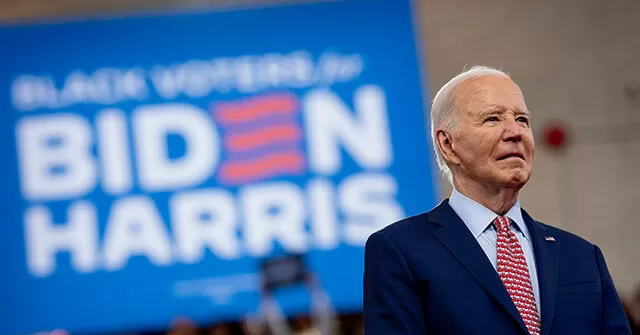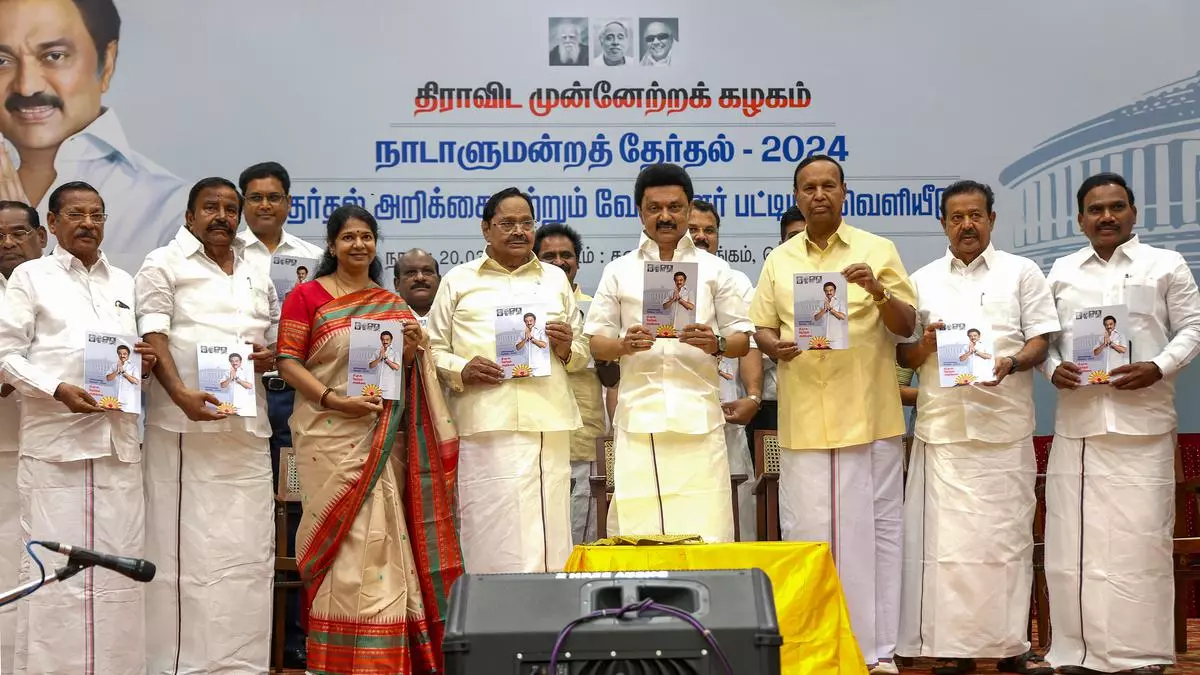Mumbai, India – The city of Prayagraj in northern India has been the epicenter of a grand Hindu religious festival, the Maha Kumbh Mela, since mid-January. This year’s event has surpassed all previous records, drawing more than half a billion devotees in just six weeks, according to officials.
The government of Uttar Pradesh, the state where the festival is being held, proudly claims that this year’s Maha Kumbh Mela is the largest congregation in human history for a religious, cultural, and social event.
The festival has attracted people from all walks of life, from ordinary devotees to billionaires, and even top political leaders like Prime Minister Narendra Modi and Bollywood stars. For many, it was a spiritual journey, while for others, it was a chance to witness the mesmerizing panorama of the religious spectacle that unfolds along the confluence of two rivers, the Ganges and the Yamuna, where Hindus believe a third, mythical river also exists.
Among the first rush of pilgrims to attend the Kumbh Mela when it began last month was Deepinderr Singh Bindra, a resident of Gurugram in North India. “It was the culmination of my spiritual journey following my visit to several Hindu pilgrim sites in the last few years,” he said. He took an early morning dip on three consecutive days and found it to be a surreal and deeply satisfying experience.
The pull of the Maha Kumbh Mela, which is held every 12 years, became even stronger this year as it coincided with a rare alignment of planets and stars that occurs once in 144 years.
The festival was marred by a stampede on January 29th, which resulted in the tragic death of 30 pilgrims who were trampled amid the rush to take part in the bathing on a particularly auspicious day.
However, this tragedy did not dampen the fervor of the millions who continued to pour into the vast temporary tented township that covers a stretch of 4,000 hectares along the banks of the river. The tented township includes roads, hospitals, toilets, and free community kitchens run by volunteers. A platform made of sandbags stretches along the Ganges riverbank for devotees to take part in the ritual immersion.
For many, like Mumbai resident Nikhil Shirodkar, attending the festival was not just about taking a dip in the river, but a once-in-a-lifetime experience that offered a chance for a connection with age-old Hindu traditions. “I went more as a spiritual seeker and not with the belief that the dip cleanses one’s sins,” he said.
He spent three days sleeping on the floor like an ascetic and helping serve meals to people. “It was an eye-opener. Everybody was reaching out to each other. On the roadside, some would be serving tea, others biscuits, to the pilgrims who kept pouring in. It had an impact on my outlook,” Shirodkar said.
For others, especially overseas visitors, the festival was a source of curiosity. Twenty-one-year-old Lucinda Pernell, who had come from Australia to attend a yoga camp, decided to attend after learning from her photographer friend about the immense scale of the festival.
“It was overwhelming because there were just so many people, which a Westerner like me has never seen. But I found it amazing. It was a kind of organized chaos, but what I will take back with me is that people respected each other. There was a sense of belief,” she said, recalling the experience.
On one of the days that she was there, which was considered an especially auspicious day, an estimated 35 million people took a dip in the waters in Prayagraj – that’s more people than the entire population of Australia.
She also visited the camp for Naga sadhus, the ash-smeared, often naked Hindu ascetics, who lead the religious spectacle armed with tridents. It is one of the most dramatic sights of the festival.
This year’s Kumbh Mela also saw the coexistence of the sacred and high technology, as underwater drones and artificial intelligence systems were used to monitor the crowds and improve safety.
The festival also reflected the growing synergy between religion and politics since Prime Minister Modi’s right-wing Bharatiya Janata Party came to power 10 years ago, according to political analyst Nilanjan Mukhopadhyay









